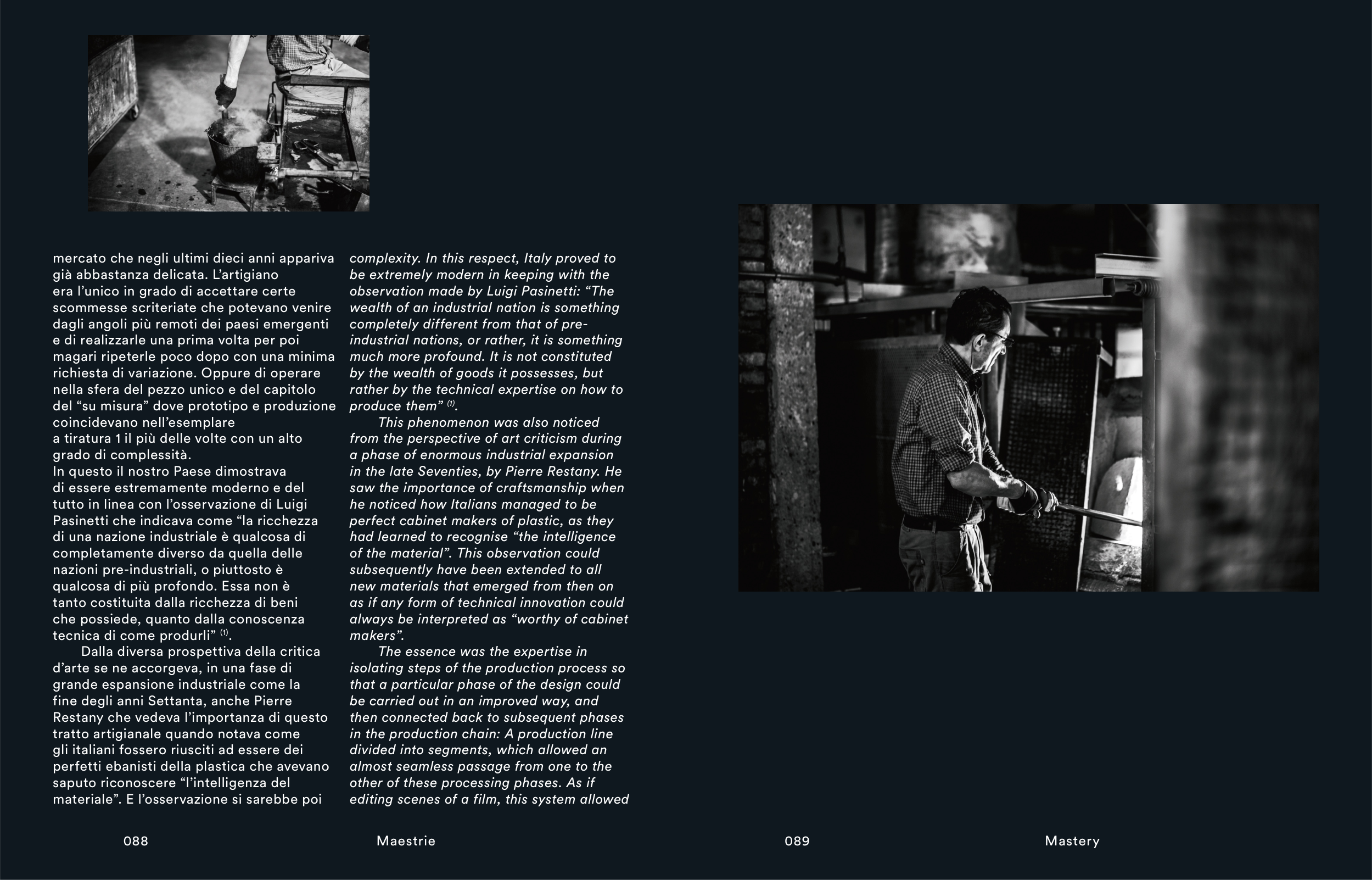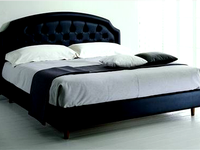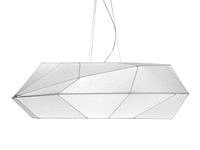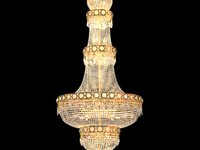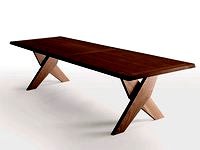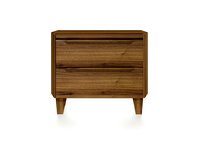089
Mastery
mercato che negli ultimi dieci anni appariva
già abbastanza delicata. L’artigiano
era l’unico in grado di accettare certe
scommesse scriteriate che potevano venire
dagli angoli più remoti dei paesi emergenti
e di realizzarle una prima volta per poi
magari ripeterle poco dopo con una minima
richiesta di variazione. Oppure di operare
nella sfera del pezzo unico e del capitolo
del “su misura” dove prototipo e produzione
coincidevano nell’esemplare
a tiratura 1 il più delle volte con un alto
grado di complessità.
In questo il nostro Paese dimostrava
di essere estremamente moderno e del
tutto in linea con l’osservazione di Luigi
Pasinetti che indicava come “la ricchezza
di una nazione industriale è qualcosa di
completamente diverso da quella delle
nazioni pre-industriali, o piuttosto è
qualcosa di più profondo. Essa non è
tanto costituita dalla ricchezza di beni
che possiede, quanto dalla conoscenza
tecnica di come produrli” (1).
Dalla diversa prospettiva della critica
d’arte se ne accorgeva, in una fase di
grande espansione industriale come la
fine degli anni Settanta, anche Pierre
Restany che vedeva l’importanza di questo
tratto artigianale quando notava come
gli italiani fossero riusciti ad essere dei
perfetti ebanisti della plastica che avevano
saputo riconoscere “l’intelligenza del
materiale”. E l’osservazione si sarebbe poi
complexity. In this respect, Italy proved to
be extremely modern in keeping with the
observation made by Luigi Pasinetti: “The
wealth of an industrial nation is something
completely different from that of pre-
industrial nations, or rather, it is something
much more profound. It is not constituted
by the wealth of goods it possesses, but
rather by the technical expertise on how to
produce them” (1).
This phenomenon was also noticed
from the perspective of art criticism during
a phase of enormous industrial expansion
in the late Seventies, by Pierre Restany. He
saw the importance of craftsmanship when
he noticed how Italians managed to be
perfect cabinet makers of plastic, as they
had learned to recognise “the intelligence
of the material”. This observation could
subsequently have been extended to all
new materials that emerged from then on
as if any form of technical innovation could
always be interpreted as “worthy of cabinet
makers”.
The essence was the expertise in
isolating steps of the production process so
that a particular phase of the design could
be carried out in an improved way, and
then connected back to subsequent phases
in the production chain: A production line
divided into segments, which allowed an
almost seamless passage from one to the
other of these processing phases. As if
editing scenes of a film, this system allowed
088
Maestrie


